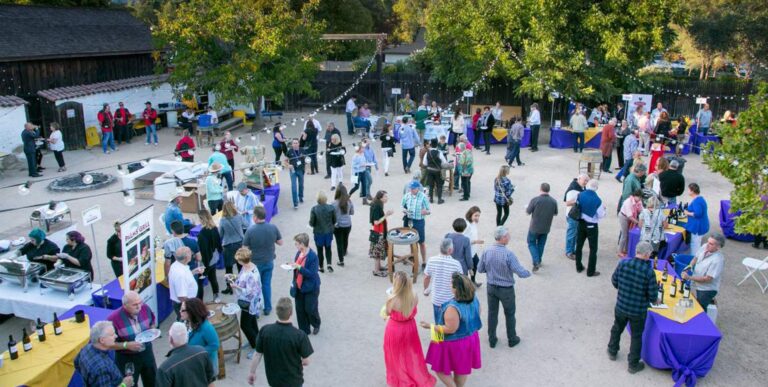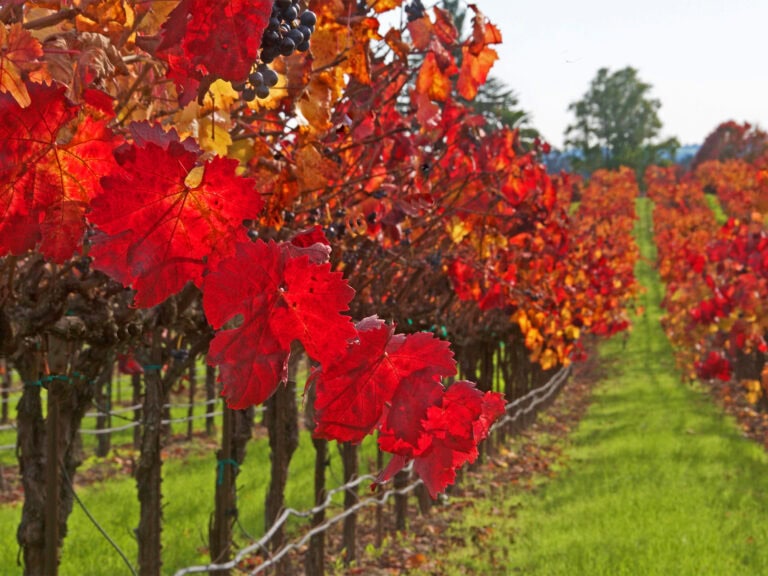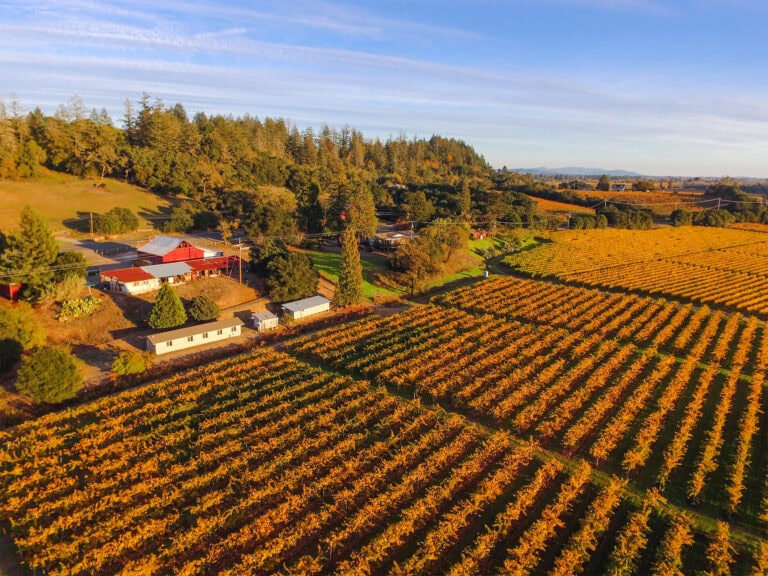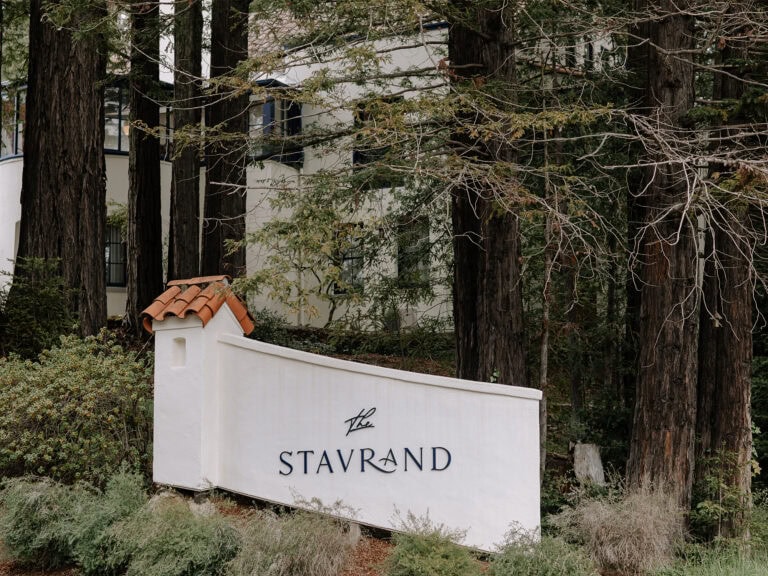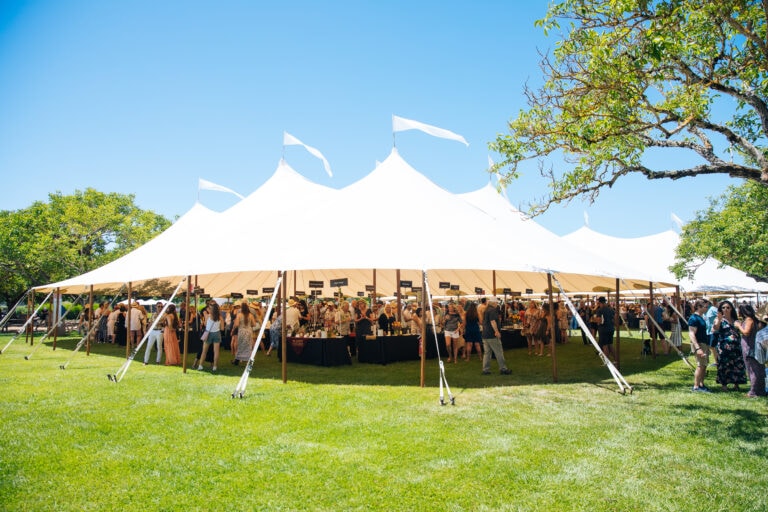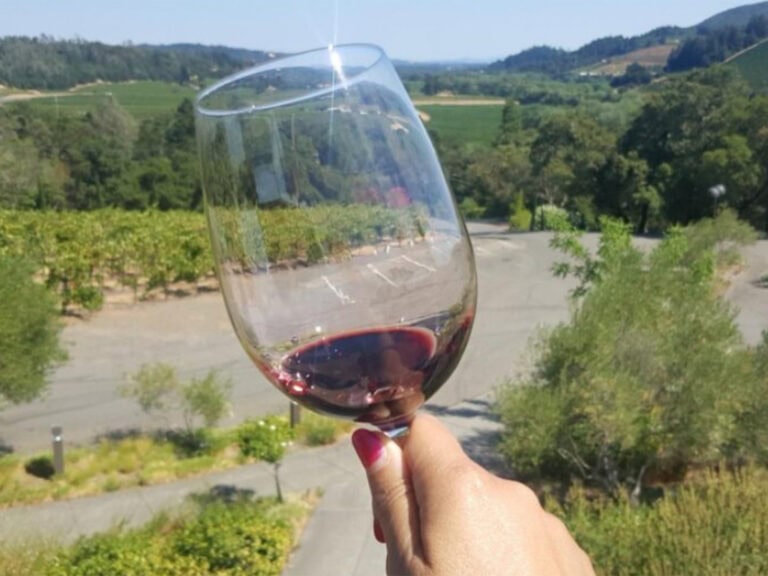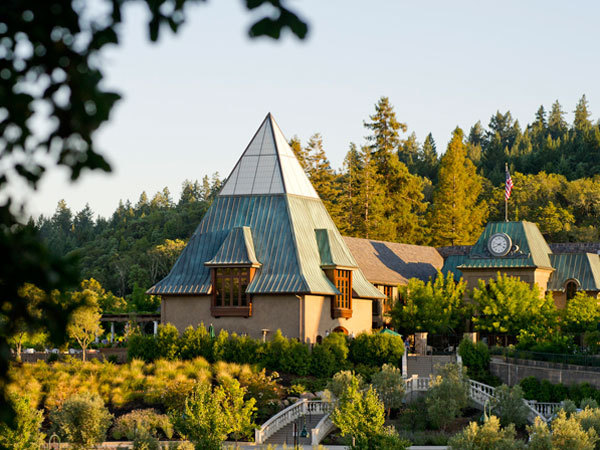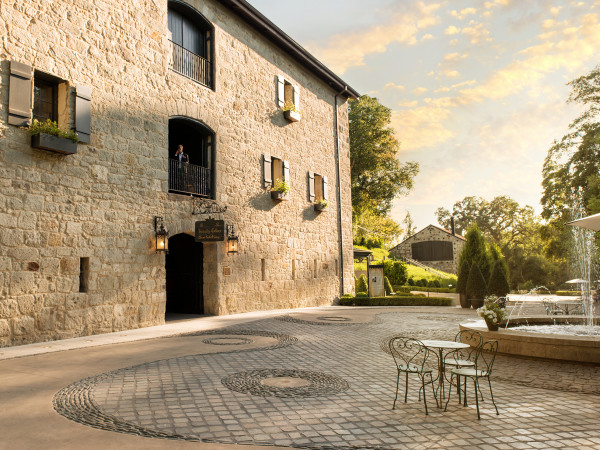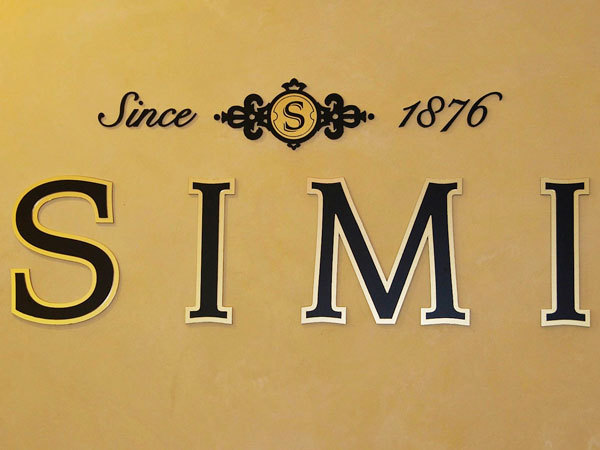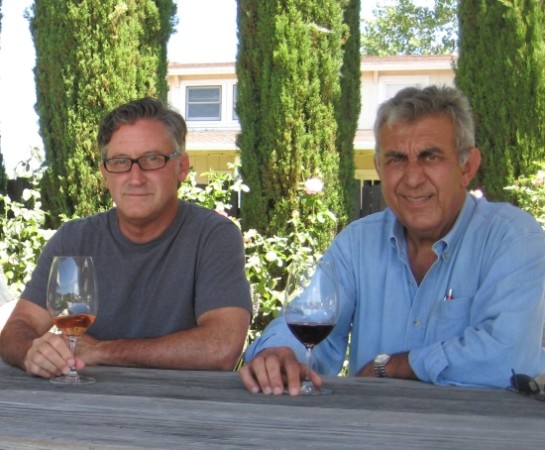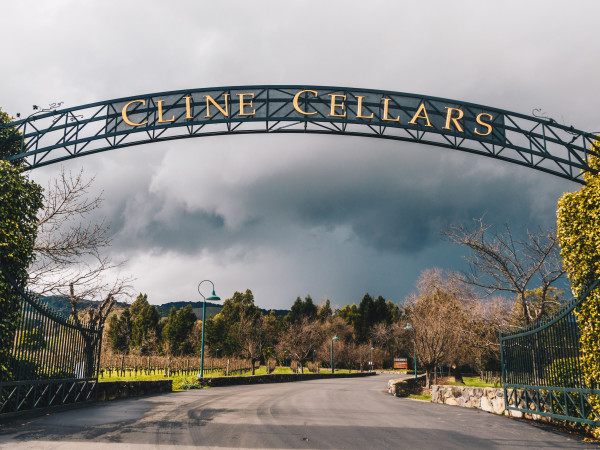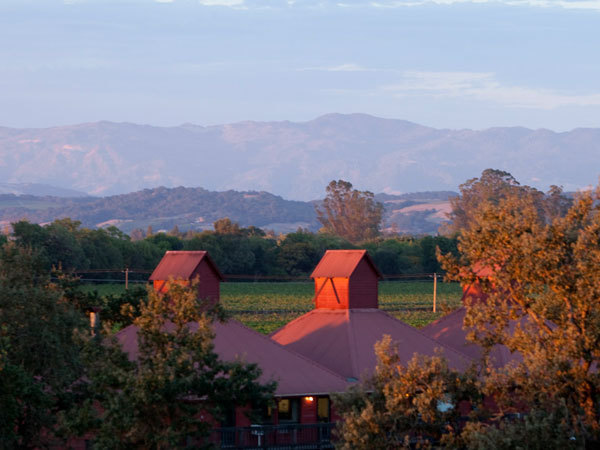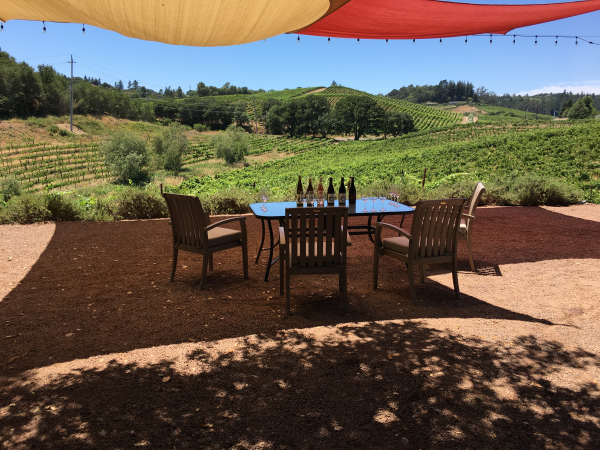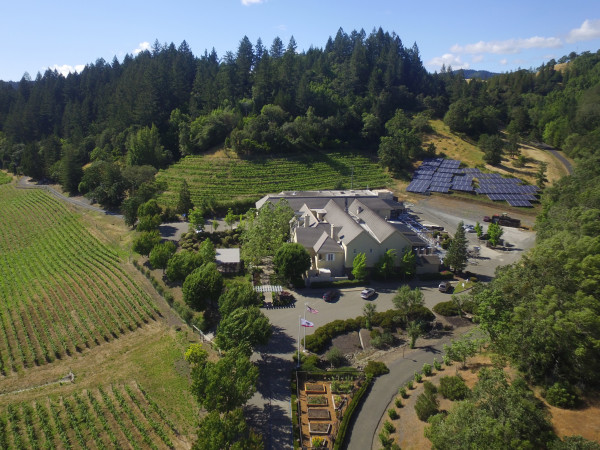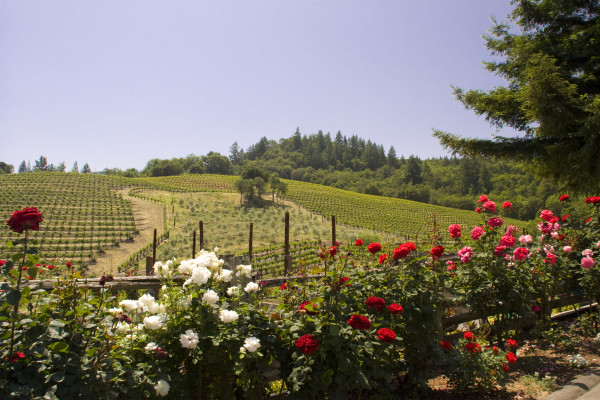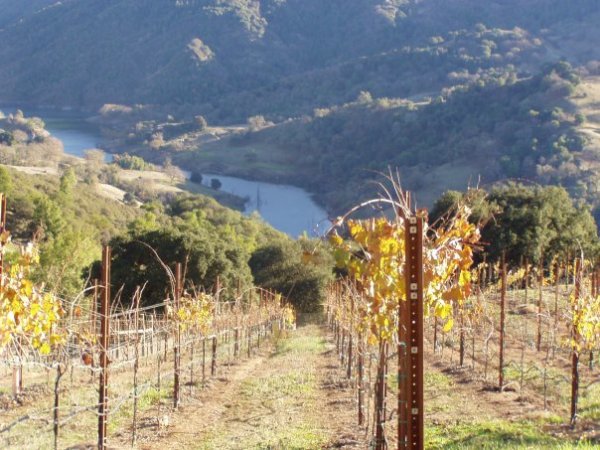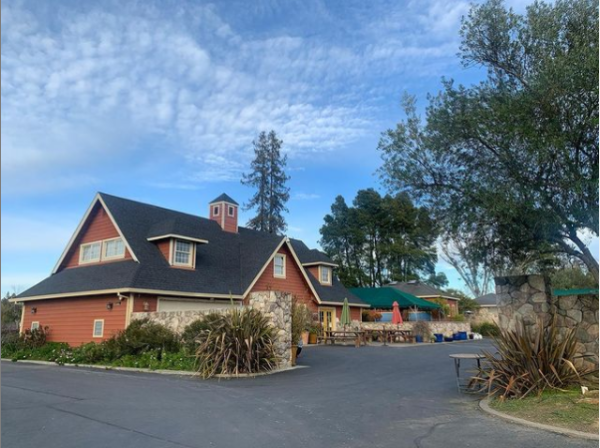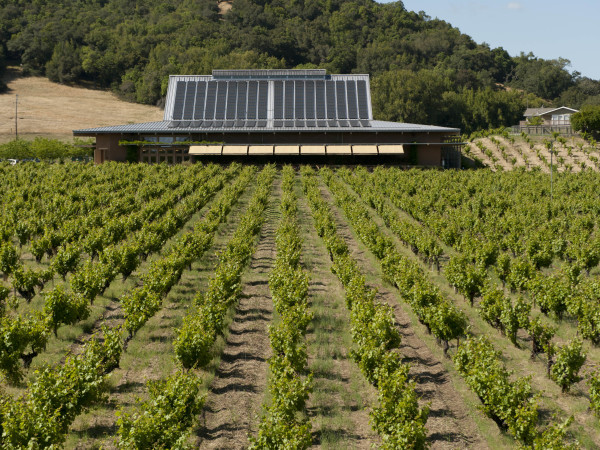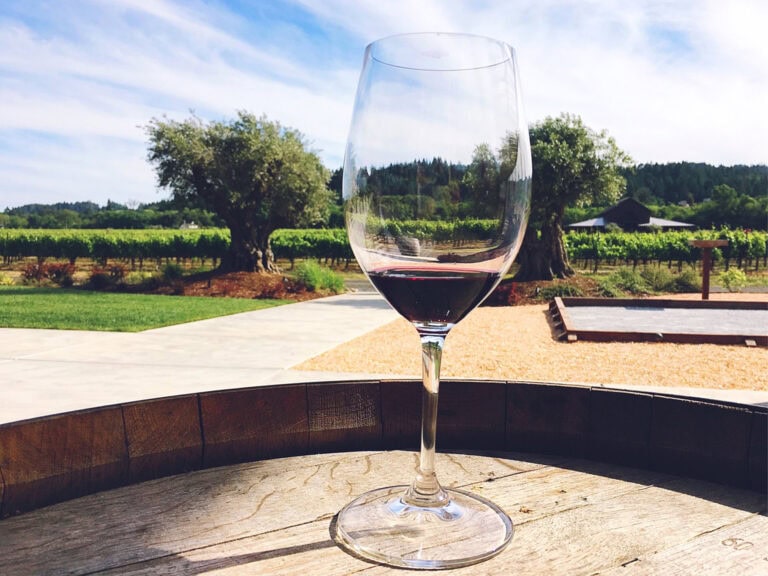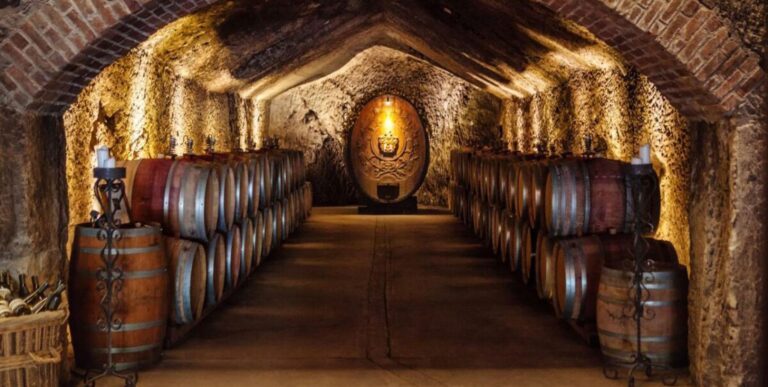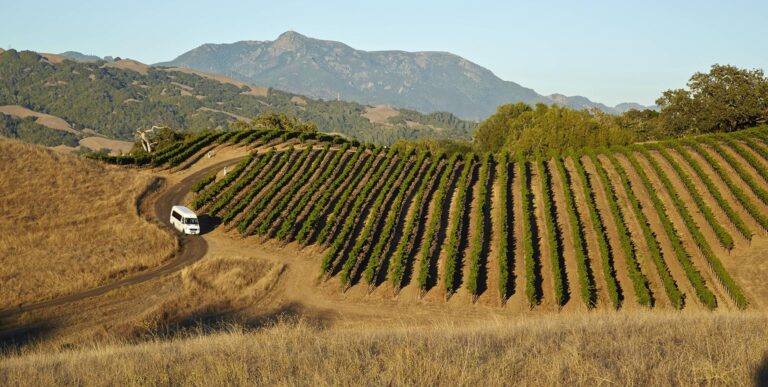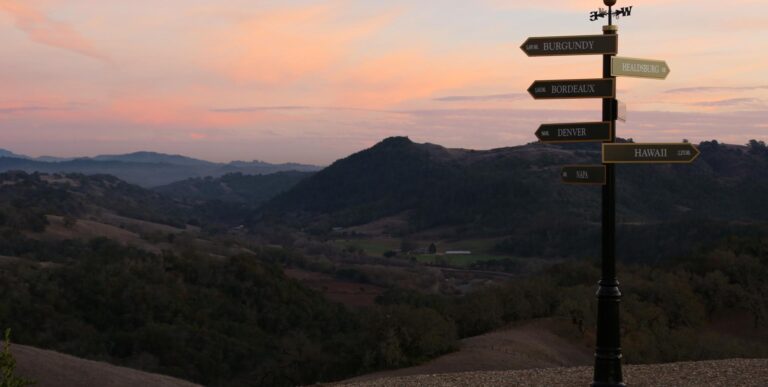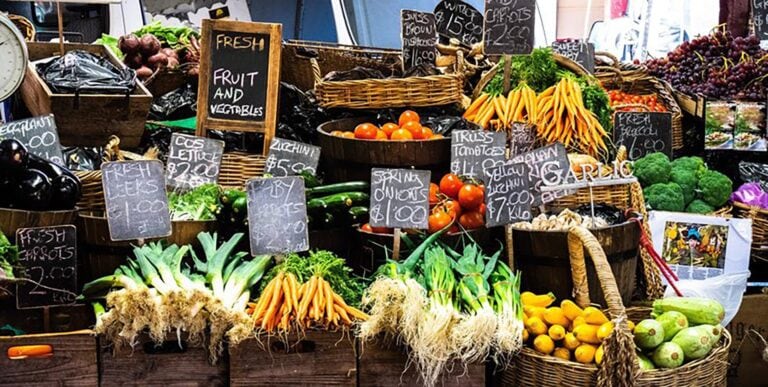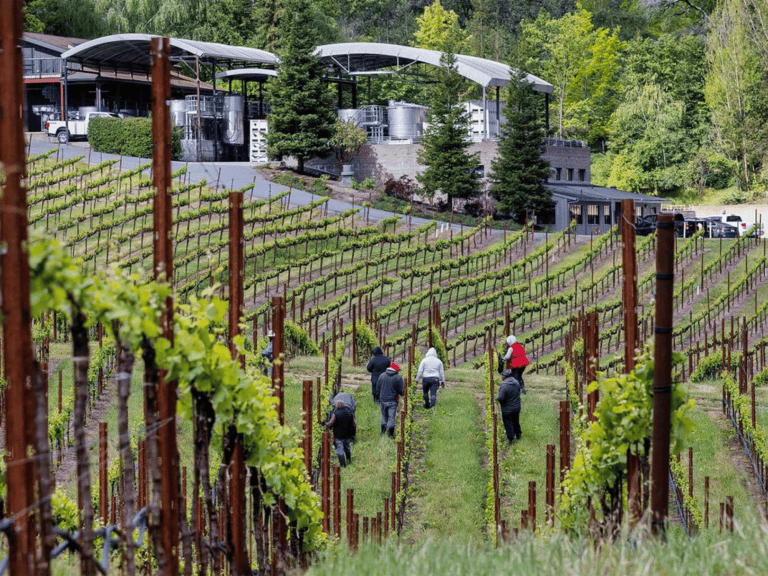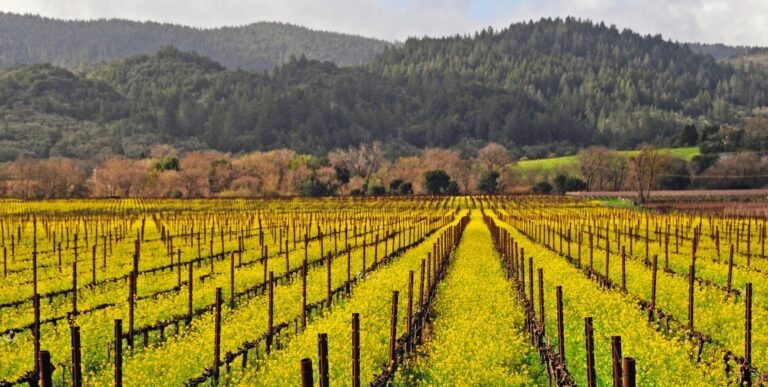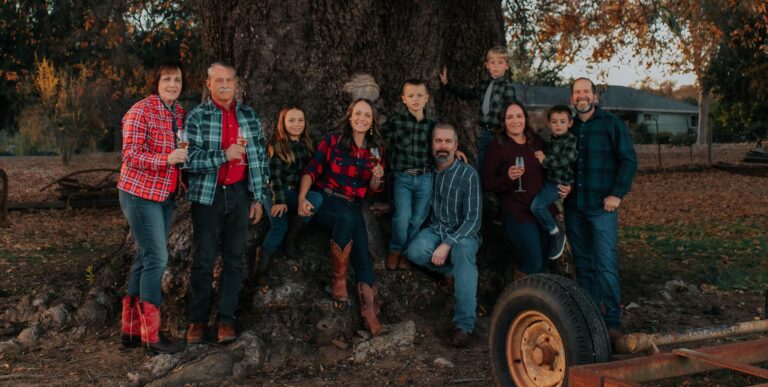California Zinfandel in Sonoma County
Sonoma County is one of California’s premier growing regions for Zinfandel. Often called “America’s heritage grape,” Zinfandel actually began its journey elsewhere, and there are also noteworthy examples of Zinfandel wine made across California. But nowhere else does this grape’s history, acreage, and quality potential all come together as it does in Sonoma County.
Zinfandel Key Facts
There are about 5,200 acres of Zinfandel in Sonoma County, or approximately 12 percent of the county’s total red wine grape acreage. Stubborn survivors, Zinfandel vines can produce for more than 100 years, decades longer than is typical for other varieties. Yet some say Zinfandel rivals Pinot Noir as the “heartbreak grape” due to its uneven berry set, ripening, and vulnerability to late-season rot.

The Origin of Zin
Zinfandel’s reputation as the quintessentially American grape was earned through its humble-immigrant-makes-good success story. It’s not actually an indigenous grape of California (like Vitis californica), but rather a Vitis vinifera grape, all species of which have their origins in Europe and other points east.
Zinfandel was long thought to be the same grape as Italy’s Primitivo, but after decades of fieldwork, DNA testing in 1993 confirmed that the two are simply expressions of the same parent plant, from way further back in history.
DNA advancements continued, and in the late 2000s, tests finally revealed that Zinfandel is genetically the same as the Croatian grape Crljenak Kaštelanski. This obscure Austro-Hungarian empire variety found its way to the Imperial Nursery in Vienna, where its re-naming was possibly influenced by the Austrian grape variety, Zierfandler. Since this initial reveal, more DNA testing and dusty-library digging has uncovered Zinfandel’s true name —Tribidrag, a grape vinified in Croatia as far back as the 14th century.
In the 1830s, Zinfandel found its way to America and was soon put to work as an East Coast table grape. Not long after, it set out for San Francisco, finally making it to sunnier Sonoma County in the early 1850s.
Zinfandel in Sonoma County
Zinfandel was an almost instant hit in Sonoma County, and had begun to usurp the old Spanish Mission grape by 1857, when Hungarian entrepreneur Agoston Haraszthy founded Buena Vista Winery in Sonoma. For many decades, Haraszthy was credited with discovering Zinfandel — more as the result of his son Arpad’s lobbying efforts than actual fact.
Later in the 19th century, immigrant Italian farmers in Sonoma County planted Zinfandel with a hodgepodge of black grapes like Petite Sirah and Carignane to make field blends with extra tannin and acidity.
After Prohibition, surviving vineyards in some of Sonoma County’s best Zinfandel growing areas supplied the jug wine market. Renewed interest in varietal Zinfandel wine became a full-fledged revival in the 1970s and 1980s.
Zinfandel Style
Though it may be “America’s heritage grape,” some of Zinfandel’s greatest appeal to winemakers and wine enthusiasts is that it’s relatively free from tradition, with no significantly European tradition like the Cabernet Sauvignon of Bordeaux.
That said, since the 1800s, the typical Zinfandel profile has been described as a claret, a supple, easy-drinking red wine with moderate tannic grip. Fruit flavors are usually located within the brambleberry family, but may range from dark, plum jam to light, perfumey strawberry. Black or white pepper notes are a hallmark in many Zins.
If you are offered a pink Zinfandel in Sonoma County, it’s probably not a “white Zin” (a style that’s been called both the bane and the savior of the grape), but rather a Rosé of Zinfandel. The latter is usually made dry, with the crisp, raspberry fruit flavor providing all you need on the palate.
Sonoma County’s Key Zinfandel Regions

Sonoma Valley
The historic heart of Sonoma Zinfandel begins in the town of Sonoma, with important vineyards concentrated in Glen Ellen and Kenwood. Wines tend toward complexity and earthiness.
Wineries: Buena Vista, Cline Family, St. Francis
Russian River Valley
Smack in the middle of this appellation, now famed for Pinot Noir, there’s a sweet spot for Zinfandel, and a surprising number of vineyards dating back a century-plus. Wines may highlight deep, boysenberry fruit.
Wineries: Bacigalupi, DeLoach, Martinelli, Joseph Swan, Hartford Family, Harvest Moon
Dry Creek Valley
For decades a farming community, and a sort of wine country backwater that’s established itself in recent decades as the spiritual home of Zinfandel today. Wines tend toward juicy, blackberry fruit and rugged tannins.
Wineries: Dry Creek Vineyards, Ridge, Wilson, Mauritson, A. Rafanelli, Nalle, Truett Hurst, Unti
Alexander Valley
The warmest Zinfandel region in Sonoma County. Jammy flavors predominate, but real elegance can be found. Unfortunately, the demand for Alexander Valley Cabernet Sauvignon continues to push out the old vineyards before they’ve given their all.
Wineries: Simi, Francis Ford Coppola, Alexander Valley Vineyards
Want More?
Find our full list of Sonoma County Wineries here.
Reading List:
Zinfandel: A History of a Grape and Its Wine (2003, Charles L. Sullivan)
Angels’ Visits: An Inquiry into the Mystery of Zinfandel (1991, David Darlington)
Written by Sonoma Insider James Knight
Places Mentioned
THIS IS WINE COUNTRY.
Share your experience using #SonomaCounty or #LifeOpensUp

